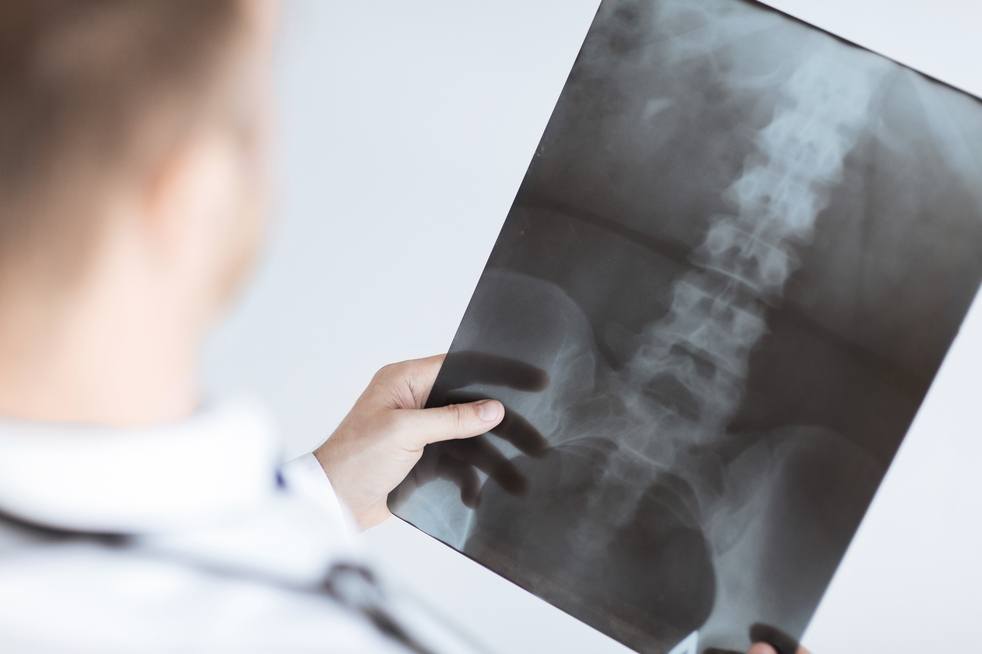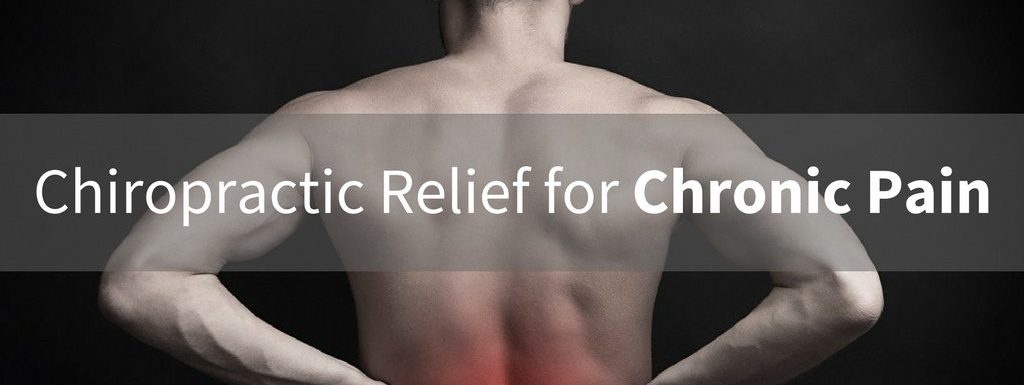
Pain affects everyone in life. When discussing pain, there are two types of pain – chronic and acute pain. According to the Cleveland Clinic [1], acute pain lasts for less than three to six months. The pain comes on suddenly and is often described as sharp. Common causes of acute pain include cuts, burns, surgery, childbirth, broken bones and muscle injuries.
Chronic pain continues to occur after an injury has healed. This type of pain lasts longer than six months and can range from mild to severe. Chronic pain can cause muscle tension, fatigue, appetite changes, emotional issues (anxiety and depression) and limited mobility.
The most common causes of chronic pain are nerve damage, arthritis, cancer, low back pain and recurrent headaches.

There are several different treatment options when dealing with chronic pain, including oral medications, surgery, physical therapy, topical medications, exercise, acupuncture, electrical stimulation, injections and chiropractic manipulations. Each of these address pain and provide relief from the pain.
There are some benefits to each of these methods; however, many come with a risk. For example, medications can result in addictions or damage to the internal organs in the body. Surgery and injections may not work and may cause further injury; thus, increasing the amount of chronic pain the patient is suffering from. One methodology that is non-invasive and allows the body to heal itself is chiropractic care.
What is Chiropractic Care?
Chiropractic care is a branch of medicine that uses a hands-on approach. Chiropractic care helps the body heal itself naturally and restores functions to the central nervous system by correcting misalignments of the spine. It is often used to relieve neuromusculoskeletal problems, including chronic back pain, joint pain, neck pain and headaches.
A chiropractor will use a broad set of diagnostic skills to determine the appropriate chiropractic treatment for a patient. These may include a clinical exam, diagnostic imaging and laboratory testing. Once the appropriate treatment is discovered, the chiropractor will use a variety of tools to help relieve chronic pain. These include spinal adjustments, hot and cold therapy, exercise, massage, dietary management, ultrasound, electromagnetic therapy, hydrotherapy, electrical stimulation, patient education and cold laser therapy.
There are more than 100 different techniques that can be used by a chiropractor. These techniques help restore joint function, relieve inflammation and reduce pain. The two adjustment techniques typically used by chiropractors are High-Velocity, Low-Amplitude Thrust (also known as Spinal Manipulation) and Low-Force Chiropractic Technique (Spinal Mobilization).
Spinal manipulations are done by applying controlled sudden force to joints. The body is positioned in a precise way to help realign and restore the joint. The patient often hears an audible pop as a small pocket of gas in the fluid surrounding the joint changes pressure. Spinal mobilizations are gentler and do not involve a forceful thrust. Instead, the joint is stretched and flexed. The chiropractor may use a manual tool or a drop table to adjust the spine.

Chiropractors may place an ice pack on the back for 15 minutes to numb the area and then place a heating pad on the area to encourage blood flow, which promotes faster healing. This can be used in combination with other therapies, including exercises to stretch and strengthen the back, massage to reduce inflammation, swelling and improve circulation. In addition to this, the chiropractor may use hydrotherapy (whirlpools and saunas) to relieve stiffness and muscle spasms.
Ultrasound uses sound waves to create deep heat to the soft tissues and joints to relieve pain and increase circulation. Electromagnetic therapy, also referred to as diathermy, uses shortwave electromagnetic currents to heat the soft tissues in the area. This technique relaxes the connective tissues and muscles while increasing blood flow.
In addition to using sound waves and electromagnetic currents, a chiropractor may opt to use electrical stimulation. Electrodes are placed on the skin where the pain and inflammation are located. Then, gentle electrical pulses are used to block the transmission of pain signals and increase the body’s production of endorphins.
Finally, cold laser therapy may be recommended for chronic pain. Cold laser therapy uses low-level lasers to relieve inflammation, reduce pain and improve blood flow. A cold laser uses energy particles that are carried by a laser. These energy particles are absorbed by the photoreceptors in the cells. Then the light energy is changed into biochemical energy for the body to use to heal itself.
After a chiropractic treatment, the chiropractor will educate the patient on how to relieve and cope with their chronic pain. The doctor may recommend lifestyle changes that may include ergonomic modifications, posture corrections, dietary changes, exercises and supplementation.

If the patient works in a job or participates in a hobby that causes strain on the body, the chiropractor may recommend modifying the activity to reduce irritation. For example, if the patient works at a desk all day, the chiropractor may recommend wrist rest, ergonomic keyboards and elevating the computer screen to reduce fatigue and irritation.
Dietary changes and supplementation are often recommended to ensure that the body is receiving the nutrients it needs to heal itself. These can include omega-3 fatty acids, multivitamins, minerals and herbal remedies. Dietary changes may include eating more fresh fruits and vegetables and limiting fatty meats, oils and dairy products which can contribute to inflammation in the body.
If the patient exhibits poor posture, the doctor may recommend that the patient set an alarm to check their posture throughout the day. When the alarm goes off, the patient will make whatever corrections are necessary to have good posture. As the patient continues practicing good posture, it will become a habit and help to relieve pain and inflammation.
Finally, exercise is essential when it comes to relieving chronic pain. Most people when they are in pain do not want to exercise; however, not exercising can lead to stiffness and decreased movement. The chiropractor will give the patient some simple stretching and strengthen training exercises to do daily to help restore joint health, decrease inflammation and reduce pain.
The National Health Interview Survey [2] reports that in 2012, approximately 25.3 million Americans suffer from chronic pain. Research [3] has shown that chiropractic therapy may help relieve low back pain, improve the functionality of the joints, ease neck pain, reduce the odds of surgery, decrease the number of headaches and provide relief from chronic pain. This all-natural body-centric form of medicine understands that all systems in the body work together. When the body’s systems are not functioning properly, it can affect a patient’s overall health. Chiropractic care seeks to restore functions to enhance the body’s natural ability to heal itself.
References –

Leave a Reply